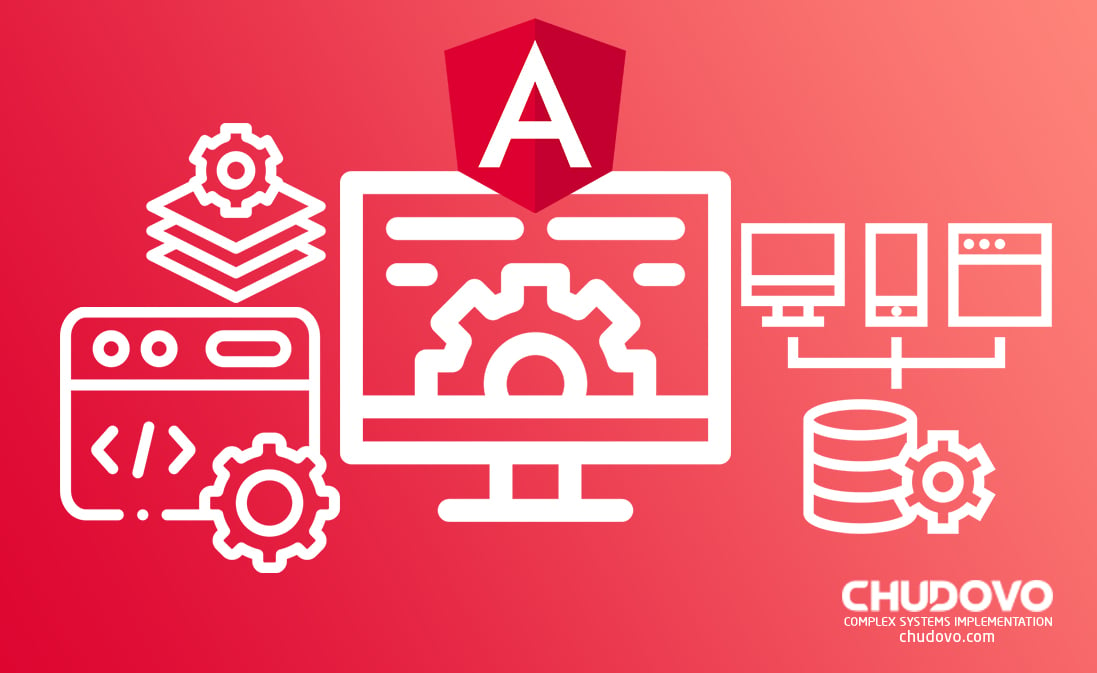Blog
In recent years, Node.js has steadily risen in popularity as a prominent web framework. This article aims to explore alternative options to Node.js for server-side development.
The financial technology sector, FinTech, has experienced unparalleled growth, driven by significant technological advancements. This growing industry encompasses a range of financial services, from payment gateways and intelligent contracts to autonomous finance and mobile banking. These are designed to increase the accessibility and efficiency of financial transactions for consumers and businesses.
In 2024, there has been a significant surge towards digitalization, which has reshaped software development, increasing the demand to hire remote developers more than ever. This has led organizations to dive into the digital talent pool with precision and strategy to get the best of the best on their team.
.NET developer is a software engineer who builds the software using Microsoft’s .NET technologies. He is responsible for the design, implementation and development of the software products according to technical needs.
Integrating AI outsourcing is a pivotal strategy, revolutionizing how companies approach productivity and innovation. AI outsourcing, or artificial intelligence outsourcing, refers to delegating AI development tasks, such as Machine learning (ML) development, data entry, data processing, and the implementation of data management systems, to external outsourcing partners. This approach allows businesses to leverage advanced AI technologies and AI solutions without the need for in-house expertise.
Mobile app development for business has transitioned from a luxury to a necessity in 2024. Understanding what is mobile app development is the cornerstone for companies aiming to leverage technology to enhance their operations, customer experience, and competitive edge.
The demand for skilled developers, who are proficient in Vue.js, has surged recently. As we approach 2024, understanding how to secure the best talent in this field has become crucial for companies looking to stay ahead in the digital race.
Vue.js, with its versatile and performant framework, has become a preferred choice for building everything from single-page applications to complex cloud applications. The demand to hire Vue.js developers has significantly risen as businesses seek to leverage the framework’s capabilities for creating dynamic and responsive user experiences.
Cloud computing, with Amazon Web Services (AWS) leading the charge in today’s ever-advancing world. The search to hire AWS developers is a strategic move for companies that leverage cloud services for innovation and growth. An AWS developer brings expertise in navigating the AWS ecosystem and a thorough understanding of cloud computing principles, including designing, deploying, and managing scalable, secure applications.
Angular is one of the pioneers and trendsetters of modern front-end application development. Ever since the emergence of single-page applications (SPAs), frontend development has experienced a major drift across the paradigm. The planning, strategies, approaches, implementation, testing; each step has evolved to provide a better development experience. The development world has realized the power of reusable, maintainable, scalable, and structured code flows and cycles, and hence, as a result, the evolution of technologies contributed a lot to the entire experience.
Angular developers are software engineering specialists who are skilled in using Angular Framework. Their area of specialization is a part of frontend development. The projects they work on often involve but are not limited to developing web applications.
Cloud-native applications stand at the forefront of a new era of efficiency, scalability, and resilience. The release of .NET 8 marks a significant milestone, especially with the introduction of .NET Aspire, which is aimed at revolutionizing how developers approach cloud-native applications. But what exactly is cloud-native development, and why has it become a buzzword across industries?









